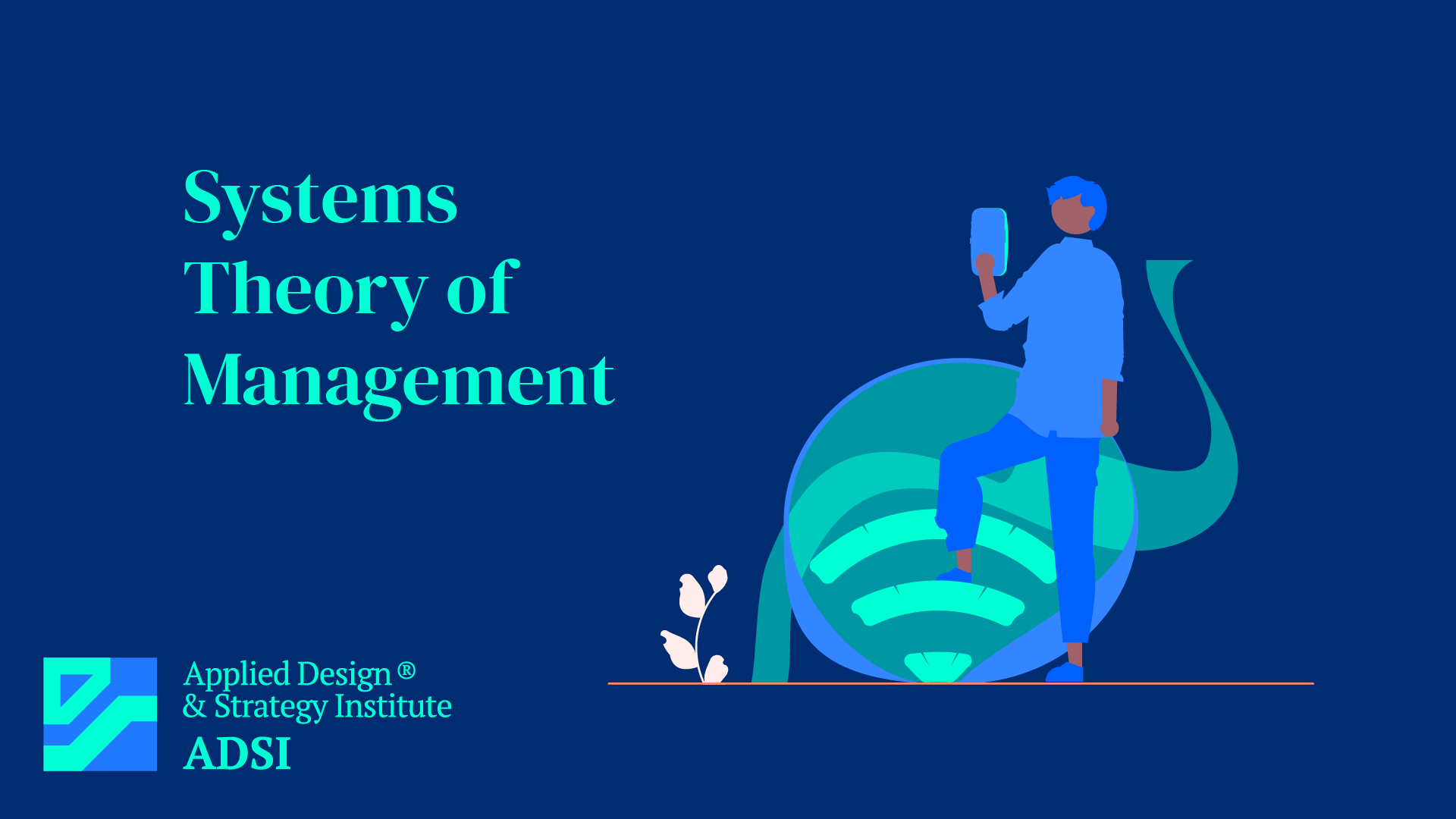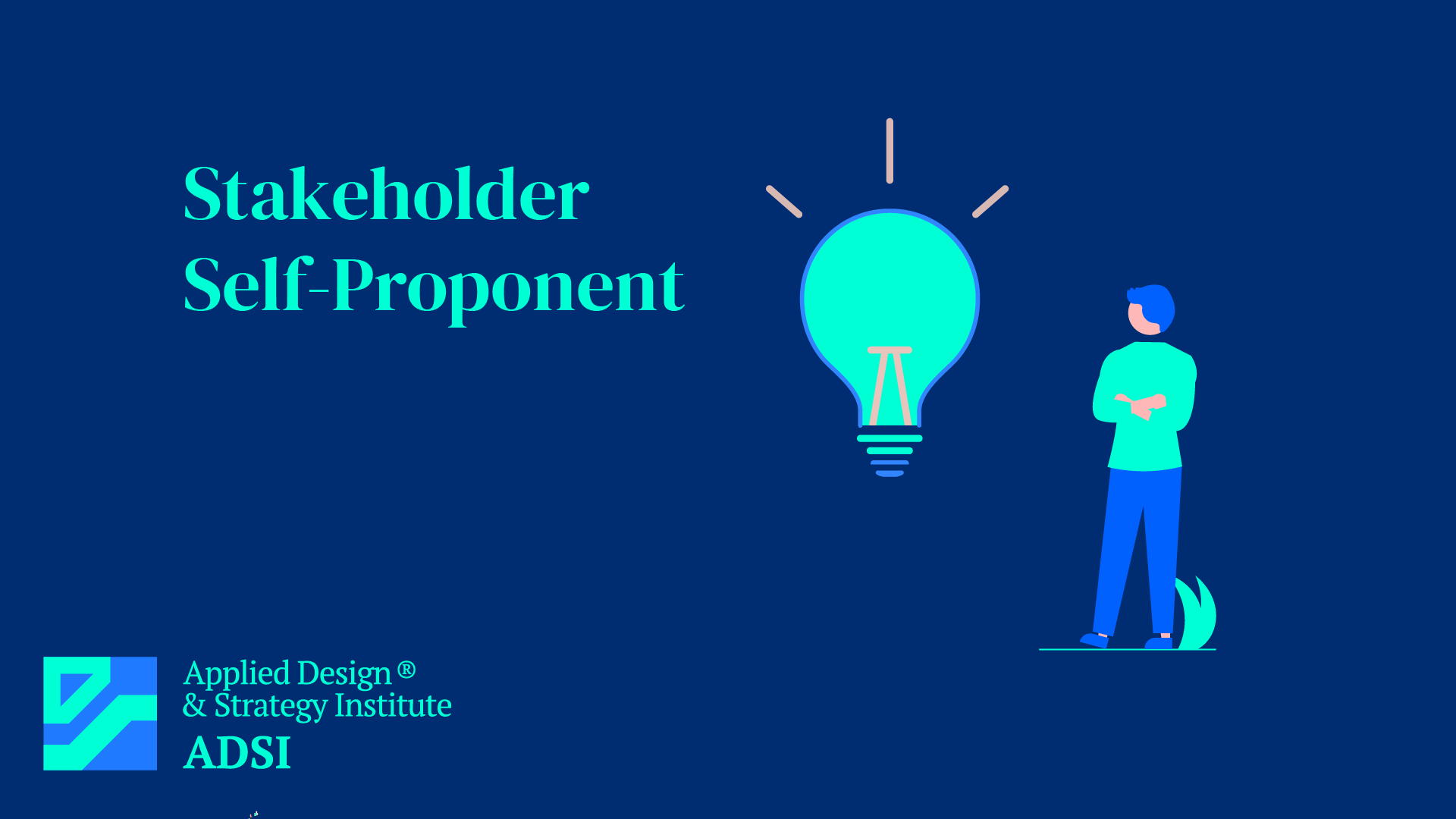Thought Leadership
Introduction Thought leadership is a strategy or methodology used by individuals or organizations to position themselves as experts and visionaries in their respective fields. It involves sharing insights, ideas, and expertise to influence and inspire others. Thought leadership is not just about being knowledgeable; it’s a
Systems Theory of Management
Introduction Systems Theory of Management is a holistic approach to understanding and managing organizations. It views an organization as a system, a set of interrelated and interdependent parts forming a complex and unified whole. This theory emphasizes the relationships between the organization and its environment and among th
SWOT Analysis
Introduction SWOT Analysis is a strategic planning tool used to evaluate the Strengths, Weaknesses, Opportunities, and Threats involved in a project or a business venture. It provides a straightforward framework for analyzing a company’s internal capabilities (strengths and weaknesses) and external possibilities (opportuni
Strategy Diamond
Introduction The Strategy Diamond is a framework developed by Donald Hambrick and James Fredrickson for designing and analyzing business strategies. It consists of five interconnected components: Arenas, Vehicles, Differentiators, Staging and Pacing, and Economic Logic. This model helps organizations clarify and communicate thei
Strategic Analysis
Introduction Strategic analysis is a critical process used by organizations to understand their external and internal environments. This analysis is vital for formulating strategies that help businesses achieve their goals. It involves examining market trends, competitor behavior, internal capabilities, and other factors that in
Star Model
Overview The Star Model, developed by Jay Galbraith, serves as an organizational design framework that businesses use to align their strategies and structures for optimal performance. This model emphasizes five key components: strategy, structure, processes, rewards, and people. By considering each element, the model ensures tha
Stakeholder Thieves
Introduction The term “Stakeholder Thieves” is unconventional and not a part of standard business or organizational terminology. It seems to suggest a negative aspect of stakeholder behavior. In the absence of a standard definition, I’ll provide an interpretation based on a general understanding of stakeholders
Stakeholder Self-Proponent
Introduction “Stakeholder Self-Proponent” refers to individuals within an organization who actively promote their own interests, achievements, and views. These stakeholders are typically very vocal about their contributions and are keen on advancing their personal or professional agendas within the organization. Char
Stakeholder Pessimist
Introduction “Stakeholder Pessimist” refers to individuals within an organization who tend to view situations, projects, or future prospects negatively or with skepticism. While often seen as a challenging trait, pessimism can also contribute to a more cautious and realistic approach in business planning and decision
Stakeholder Perfectionists
Introduction “Stakeholder Perfectionists” refers to individuals within an organization who exhibit perfectionist tendencies. They are characterized by a high standard of performance and attention to detail, often striving for flawless execution in their work and projects. Characteristics of Stakeholder Perfectionists











